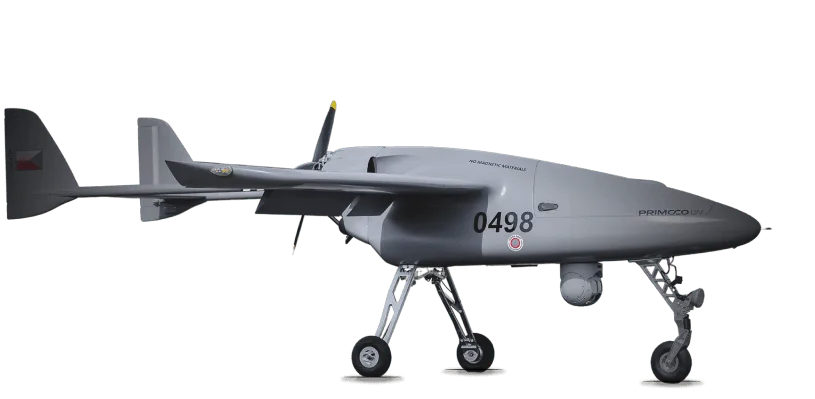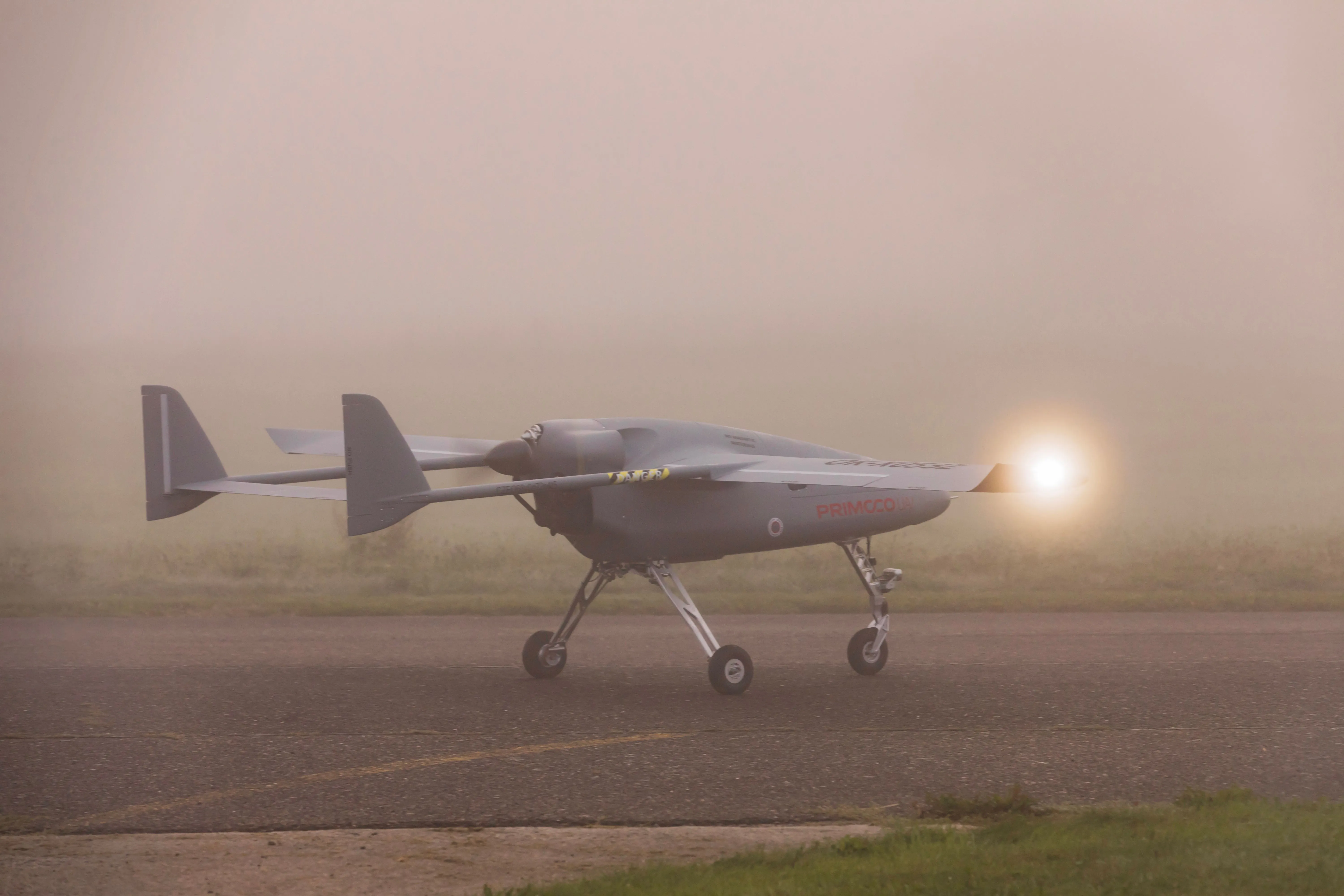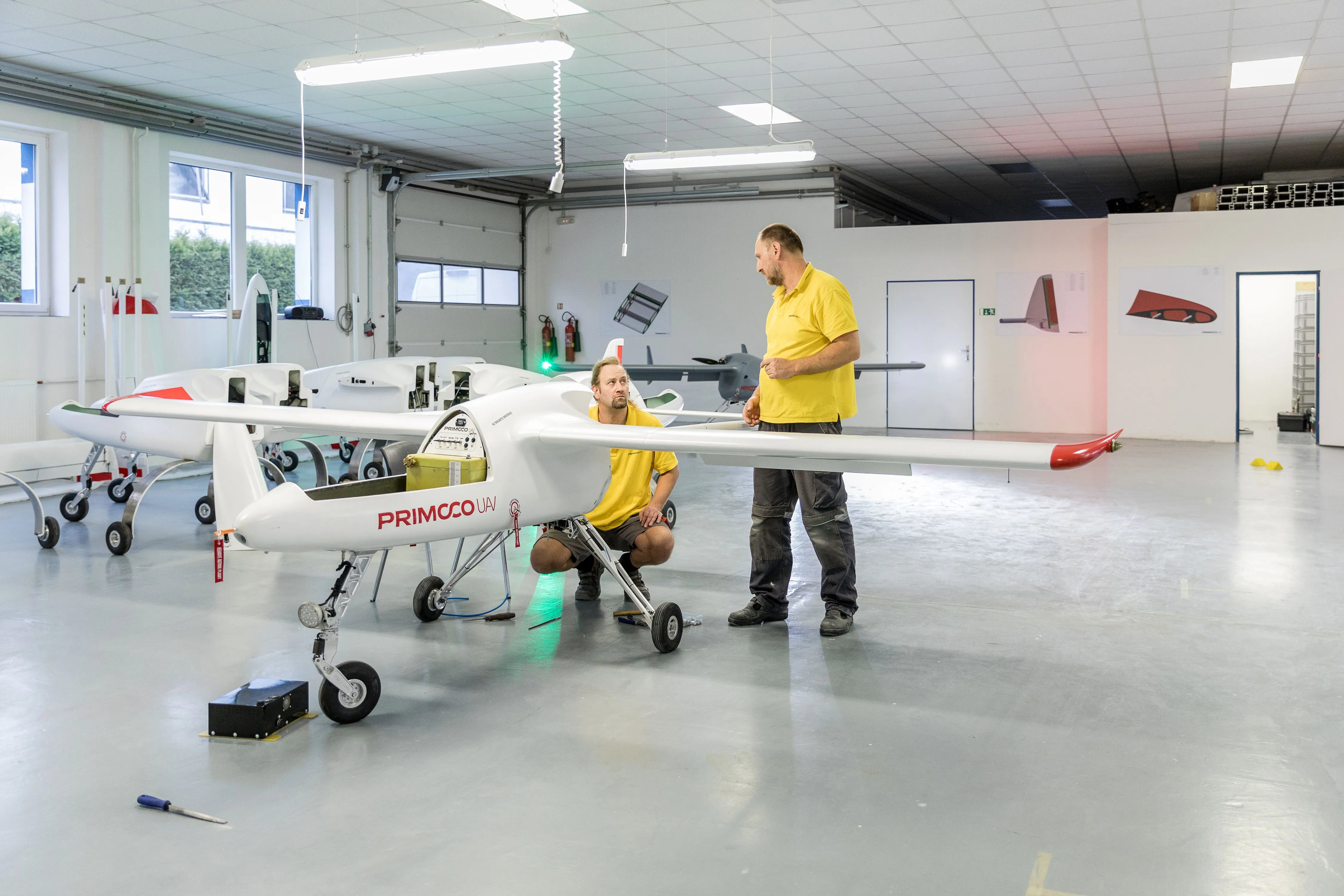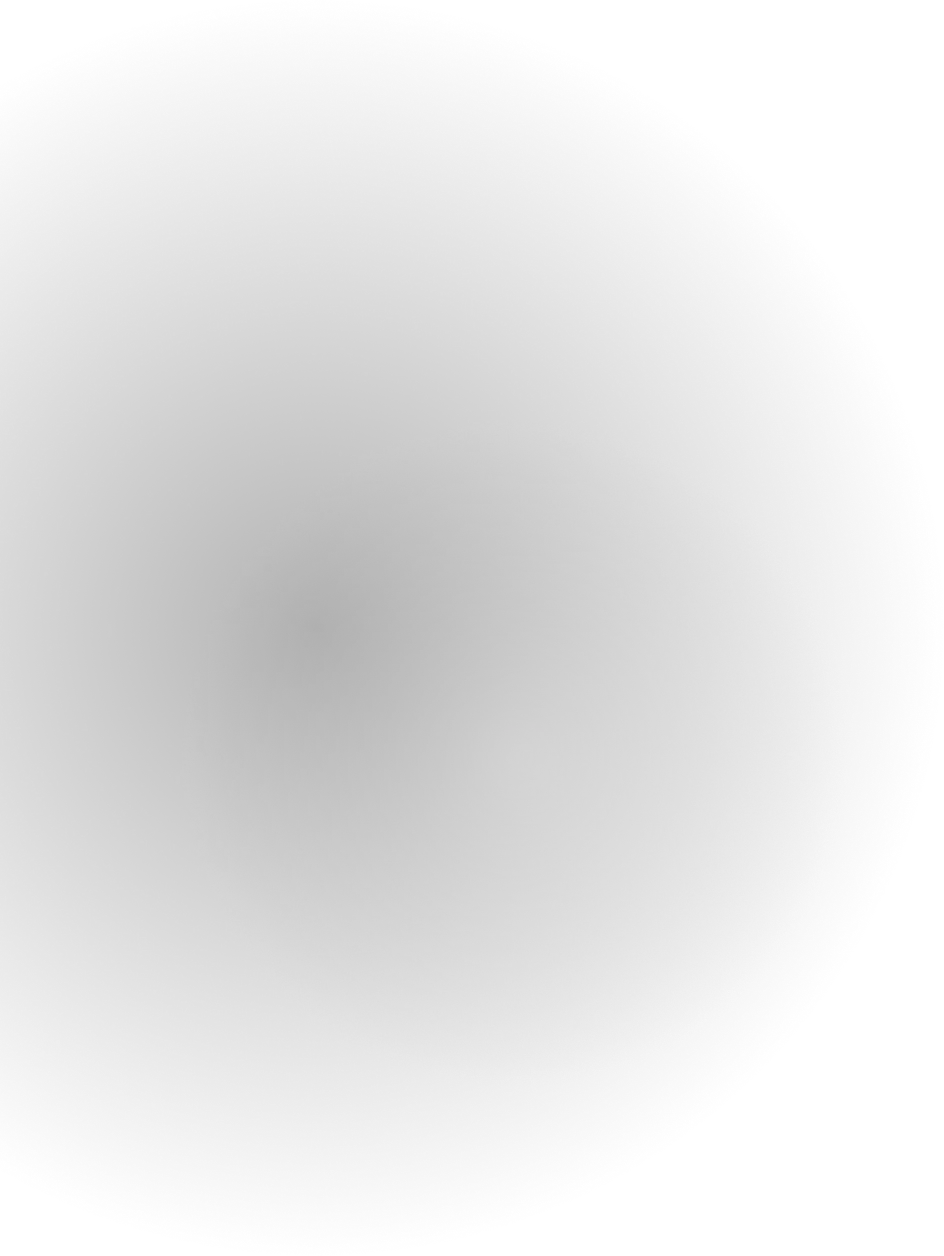
- Inspection of the technical condition of linear and critical structures (high voltage lines, oil and gas pipelines, water sources).
- Control of the condition of the subsoil and overgrowing vegetation.
- Control and prevention of illegal activities.
- Rapid documentation of large-scale damage.
- Measurement of emission spectra.
- Providing cover for emergency breakdowns of communication infrastructure in the event of emergencies (floods, fires, storms).
- Control of the status of the nodal elements of the communication network.
- Searching for illegal jamming activities.
- Aerial monitoring of areas of interest or emergencies.
- Searching, locating and pursuing wanted persons.
- Documentation of criminal activities.
- Command and control of police and security operations.
- Traffic monitoring.
- Communication support for police units.
- Search and Rescue (SAR).
- Preventive fire monitoring.
- Air control of firefighting operations.
- Search for persons in distress.
- Operational restoration of critical communications.
- Monitoring of large-scale emergencies (floods, storms, avalanches).
- Exploration and monitoring of areas of interest.
- Artillery fire guidance and combat capability assessment.
- Pyrotechnic service support.
- Electronic warfare support.
- Drone warfare support.
- Communication support on the battlefield, confusing and distracting the opponent.
- Control of the border and coastal zone with overlap beyond.
- Search and monitoring of criminal activities, including drug trafficking and illegal migration.
- Remote identification of persons in the border zone.
- Airborne warning.
- Support for customs and tax tasks.
- Searching for and documenting illegal activities (unauthorized construction, environmental pollution, illegal mining).
- Control of specific measures in protected areas (control of the state of nature and protected wildlife).
- Control of compliance with regulations on landscape and water protection.
- Calibration and inspection of airport radio equipment (VOR, ILS, DME, NDB, MB, TACAN) and optical elements (VASI, PAPI).
- Calibration of radio communication equipment.
- Emergency monitoring.
- Inspection surveys of airports and approach routes.
The One 150 UAV is characterized by exceptional endurance and performance. The endurance of the flight is up to 15 hours without a break at a cruising speed of 120 km/h, which allows a range of up to 1,800 km in a single mission.
With a payload weight of up to 30 kg, it is a multifunctional platform capable of carrying equipment for a wide variety of civilian and military tasks and real-time information gathering - from optical sensors, radars to dozens of other highly sophisticated sensors for operating in both line-of-sight and non-line-of-sight conditions.
The direct cost of operating a Primoco UAV is 50-90% lower than an equivalent manned solution. This, combined with its wide variability and flexibility, makes it the ideal platform for everyday use.
It represents one of the key components of a comprehensive unmanned system. Primoco UAV for easy planning, preparation and successful mission execution. Its hi-tech equipment allows it to communicate with UAVs in 24/7 mode, directly control them within a radius of up to 200 km and at the same time precisely control the sensor equipment carried by them for successful mission accomplishment.
Thanks to a highly automated solution, a two-person crew, a pilot and a sensor operator, can control multiple UAVs simultaneously from a single ground station. For greater flexibility, the ground control station can also be implemented as a built-in module in a commercial vehicle or in a completely demountable version that can be moved and assembled at any time under any conditions, depending on the type of deployment.
Data received by ground stations from aircraft sent on a mission can be transmitted in real time anywhere in the world, regardless of distance. All communication is encrypted according to the AES 256 standard.
In 2023, an upgraded version of the ground station with side-stick control (a "joystick" similar to those used by pilots of modern transport aircraft) was completed.
Without exaggeration, the Primoco One 150 needs only a paved runway to perform a wide variety of missions and tasks. However, it doesn't have to be just an airport runway, a straight stretch of road can also be used. Everything else is part of the ground control station or the aircraft itself. This allows the machine to be deployed autonomously even in the most remote locations on Earth without complex infrastructure.
The aircraft can be controlled from anywhere, regardless of distance, and the same applies to the data it delivers. It does not depend on the time of day, weather conditions or visibility. The One 150 is designed to always accomplish the mission. An experienced two-man crew can prepare the aircraft for the flight task within 30 minutes after delivery to the takeoff destination. Advanced diagnostics and defined procedures allow the aircraft to be quickly assembled and its condition checked. Equally fast is the subsequent disassembly of the machine after the flight task. The result is exceptional flexibility and variability of use that is appreciated by customers worldwide.
Optical Capabilities .
The range of optical sensors that can be integrated into the One 150 is not only extremely wide, but their cutting-edge features make it one of the best available for aerial missions. These include electro-optical cameras with image resolution up to 4K and 90x optical zoom, thermal imaging cameras capable of capturing temperature differences in the thousands of degrees Celsius, multispectral sensors adapted to search thousands of km2 of sea surface or land per hour of flight, software that allows real-time comparison of changes in the environment, and cameras with a resolution of over 150 MPix that allow you to read newspaper headlines from a kilometre high.
Radiofrequency Capabilities .
The One 150 aircraft is capable of intercepting targets and their communications at very long ranges thanks to sensitive radio frequency sensors. The VHF/UHF transmission analysers carried can identify the source of a signal and its location, even if it is tens of kilometres away. SIGINT and ELINT detectors and interceptors enable undetectable monitoring of telecommunication traffic participants over distances of tens or even hundreds of kilometres. A single UAV is sufficient to accurately geolocate an object of interest, including comparing the detected data with databases in real time, which is crucial especially for targets that change location frequently and rapidly.
Measuring Capabilities .
Sensors for precise measurement of the radiation characteristics of VOR, ILS, DME, NDB, MB, TACAN airport radio transmitters allow Primoco UAVs to be used for calibration of airport guidance systems. The machine can be equipped with, among other things, equipment for determining the intensity and content of the mobile signal or LIDAR laser sensors. They can identify changes in the observed optical, laser and radio spectrum and thus serve to measure the terrain profile, including buildings, determine the volume of vegetation and perform a number of other tasks.
Special Use .
For military deployment, aircraft can be equipped with communication support elements (datalinks of different waveforms) according to the communication systems of a particular customer, communication and navigation jammers, means of deception of the enemy in different spectra or SAR radars for lightning-fast detection of the presence of moving targets in GMTI/MMTI modes with coherent change detection.
From the very beginning of its development, the One 150 has been designed for use in the most demanding environments. They are therefore characterized by low intercept and minimization of reflecting elements. For military users, the extremely low radar reflective area, virtually undetectable infrared footprint, very low noise level due to the unique in its class four-stroke four-cylinder engine, small optical silhouette supported by the possibility of using advanced camouflage deformation patterns and radiation control system making it difficult to detect the aircraft by passive means in selected phases of flight. When the One 150 identifies a target, it can track it completely unnoticed for hours due to the long range of the sensors and the machine's inherent low detectability. For civilian use, the low noise level is crucial, allowing day and night flights, for example for airport calibration, to be carried out without negative impacts on the public.

Primoco UAV SE provides customers with a full range of training services for the fully autonomous operation of One 150 UAVs. Pilot training is theoretically designed as equivalent to private pilot training (PPL), in the practical area it consists of flights with VR simulator, ground control station simulator and flights with real aircraft. The customer's pilots are trained to the level of pilot, instructor pilot and, in the case of developmental tasks, test pilot. Entry criteria are appropriate language proficiency, medical fitness, initial military airman certification or A1/A2/A3 civilian authorization, as well as relevant experience on previous types. The company also provides on-board sensor operator training and mechanic training to fully maintain the One 150 UAV and ground control station.
Primoco UAV SE provides a wide range of services for its aircraft, available anywhere on Earth. Customers can choose from pre-paid spare parts packages for maximum operational autonomy and the company is also able to offer on-site support by its own mechanics. If necessary, operational insurance can be provided as an additional service or even complete operational support including all consumables, spare and mandatory replacement parts, all lubricants and insurance for the entire period of operation including repair and/or replacement of the aircraft after damage under defined conditions. The range of support exceeds the standards of manned aviation and is the widest in the world in the class of unmanned aerial vehicles.

The Primoco One 150 represents the first unmanned aerial vehicle in its category designed to comply with both civil and military aviation regulations. Primoco UAV is the first fixed-wing UAV operator in a specific category to obtain the LUC operating authorisation under EU 947/2019 regulations, which confirms the compliance of the aircraft with the legal requirements. At the same time, the aircraft complies with the requirements of the military regulation STANAG 4703. As a result, the aircraft has been deployed in dozens of countries in recent years in a variety of operational environments, including flights over cities to flights in non-segregated airspace, and has even made international flights. There is no other drone in the world that better meets the requirements of the new generation of aviation regulations.

